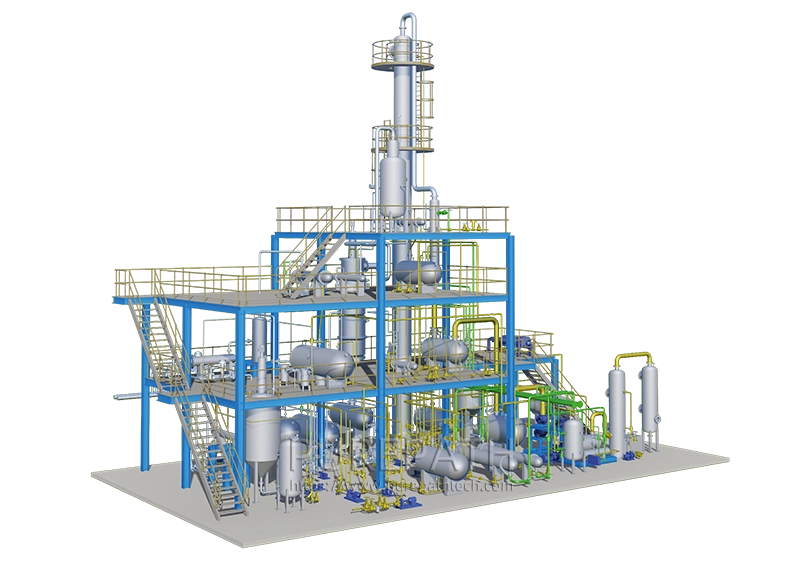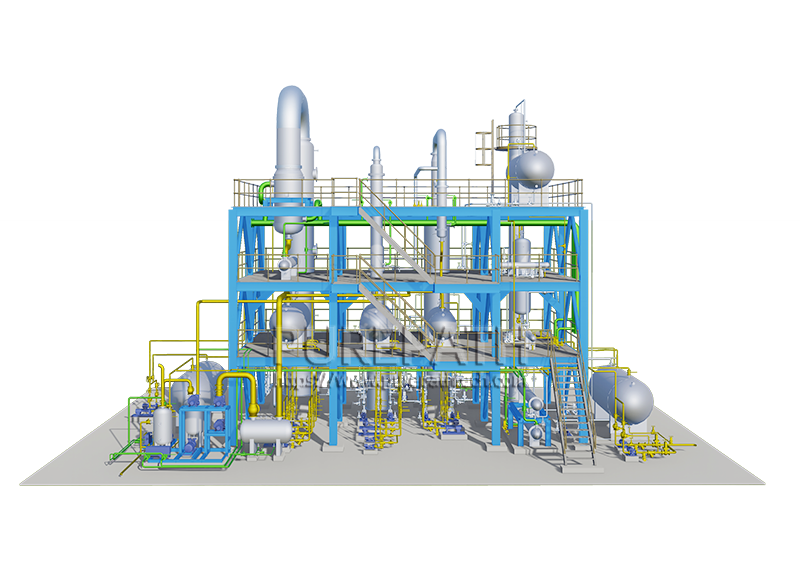Can Waste Oil Refineries Help Reduce Plastic Pollution?
Plastic pollution is one of the world’s most serious environmental issues. As millions of tons of plastic waste are added to landfills and oceans every year, new measures are required more than ever. One of the new technologies promising to provide a solution to this crisis is waste oil refineries, capable of turning plastic trash into useful oil.
But how exactly does it work, and can it actually have an impact on plastic pollution decrease? Let’s examine the potential of waste oil refineries and contrast them with traditional recycling procedures.

Understanding the Plastic Pollution Crisis
Plastic pollution has achieved catastrophic proportions, with over 400 million tons being produced annually—the same weight as the entire human population of the world combined. Incredibly, it is successfully recycled in less than 10% of instances, with the rest finding its way into landfills, clogging waterways, and contaminating oceans. One garbage truckload of plastic enters the ocean every minute, damaging marine life and entering the food chain as microplastics.
Traditional recycling can’t keep up due to cost, contamination, and lack of capacity—especially for multi-layered packaging, PVC, and dirty plastics. As a result, millions of tons of plastic waste are burned (with the emission of toxic fumes) or just allowed to degrade over centuries, poisoning soil and water with leached chemicals.
Plastic waste, if left unconstrained, can triple by 2060, devastating ecosystems and human health. Breakout technologies like waste oil refineries, which convert non-recyclable plastic into fuel, can be a bridge to the chasm—turning pollution into an asset and transitioning from fossil fuels. The question is: Can the technology scale fast enough to make a real impact?
What Are Waste Oil Refineries?
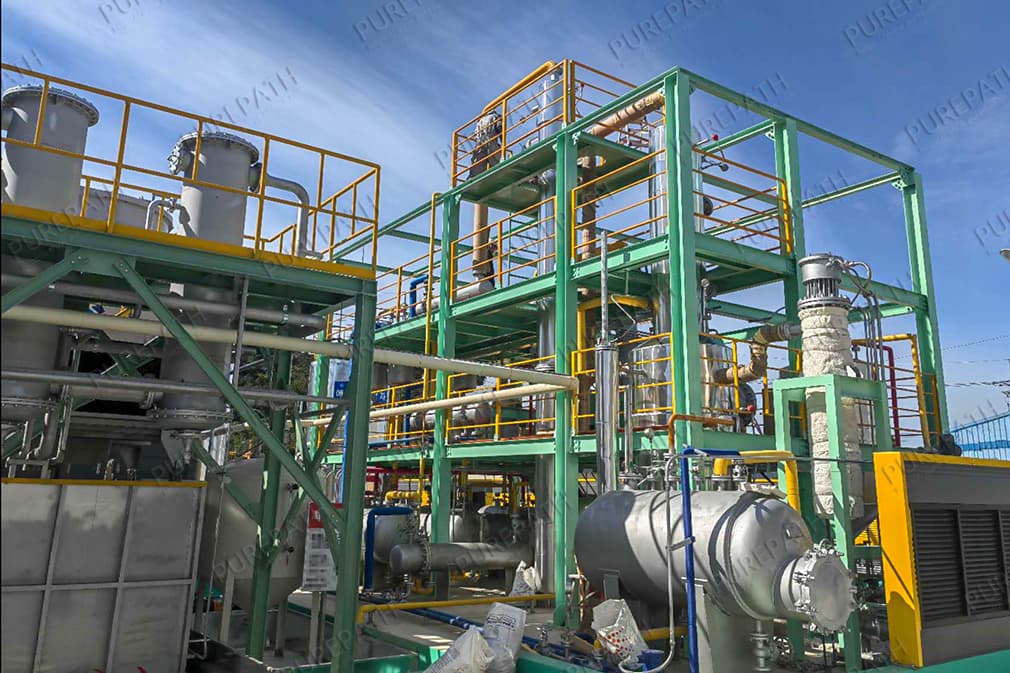
Waste oil refineries are specialized facilities that are designed to recycle used oils—such as motor oil, hydraulic fluids—into reusable industrial feedstocks or fuel. More advanced iterations of these refineries now take the lead in doing even something more revolutionary: converting plastic garbage into high-value oil products.
Pyrolysis is at the heart of the process, a thermal decomposition method that breaks down plastics without oxygen. Melting plastics to high temperatures far above burning point (300–900°C), plastics don’t burn but they chemically degrade into gas, which is cooled and condensed into synthetic crude oil. That can be further refined into diesel, gasoline, or even raw material to make new plastic, effectively a closed-loop system.
Unlike traditional recycling, which struggles with mixed or tainted plastics, pyrolysis can handle:
- Non-recyclable plastics (like candy wrappers and Styrofoam)
- Dirty or food-stained packaging (without extensive cleaning)
- Multi-layered materials (like chip bags and juice cartons)
By converting trash to fuel, these refineries have a double benefit: plastic pollution mitigation and less demand for virgin fossil fuels. While still a nascent technology, plastic-to-oil conversion could prove to be a game-changer in the battle against waste worldwide—if scalability and efficiency problems are addressed.
How Waste Oil Refineries Can Process Plastics
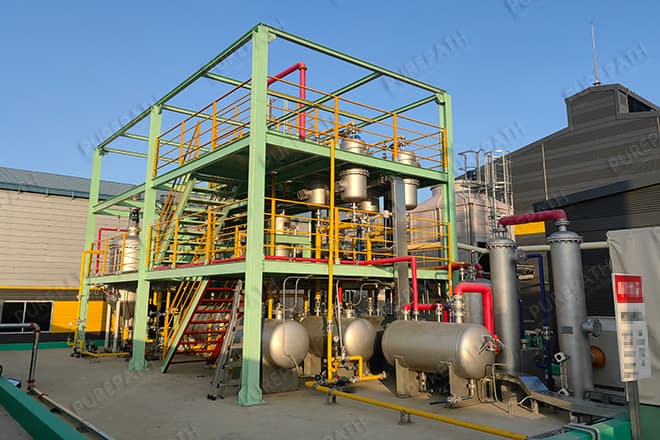
While traditional recycling is bogged down by complex plastics, waste oil refineries utilize advanced thermal conversion to convert non-recyclable rubbish into usable hydrocarbons. Here’s how the technology works in action:
1. Pre-Treatment: From Waste to Feedstock
Plastics are shredded and dried initially to remove excess moisture content and reduce bulk, before they are treated. Unlike mechanical recycling, this treatment does not necessarily involve fastidious sorting—stained or scarred plastics (like food wrap or PVC) can still be processed.
2. Pyrolysis: Breaking Down Polymers
Polymers are heated in the reactor to 400–600°C in a lack of oxygen. Thermally cracking, without combustion, shatters the lengthy chains of polymers into brief hydrocarbon molecules. This results in:
- Vaporized gases (methane, propane, ethylene)
- Liquid hydrocarbons (such as crude oil)
- A small amount of carbon char (can be used in construction or filters)
3. Gas Recovery and Condensation
The gasified gases are then cooled, where they condense to create pyrolysis oil—a black, heavy liquid. Non-condensable gases (e.g., methane) are typically collected and recycled back to heat the reactor, reducing external energy needs.
4. Refining the Product
Raw pyrolysis oil may be further refined into:
- Diesel and gasoline for fuel blends
- Wax or lubricants for industrial applications
- Naphtha, an essential feedstock to produce new plastics
5. Emissions Control
Modern systems integrate filters and scrubbers to eliminate pollutants like sulfur compounds, with the goal of complying with environmental regulations.
Why This Process is Significant
- Processes “Unrecyclable” Waste: Diverts plastic films, laminated packaging, and other waste streams that would otherwise end up in landfills.
- Effective Energy Utilization: Recovered gases offset up to 70% of energy required.
- Versatile Outputs: Outputs both fuels and circular economy materials.
Compared to incineration (which burns waste with releases) or mechanical recycling (which degrades plastic quality), pyrolysis disintegrates plastics at the molecular level—a genuine material rebirth. But making the technology economically scalable while maintaining low emissions is a challenge.
Refining the process, waste oil refineries could turn back plastic pollution—one barrel of petrochemical oil at a time.
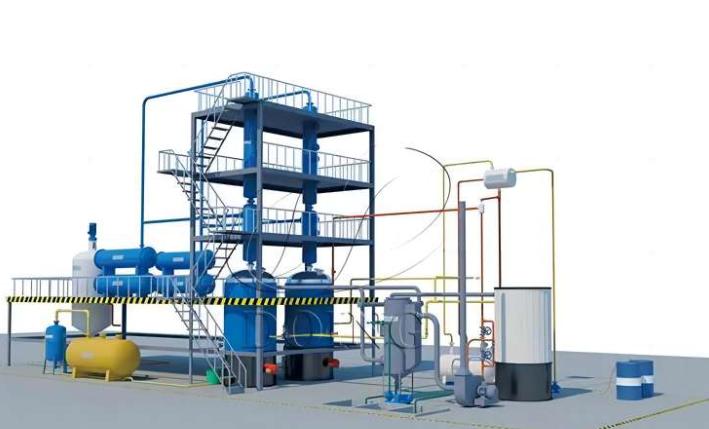
How Does Plastic-to-Oil Compare to Traditional Recycling?
While both processes aim to reduce plastic wastage, plastic-to-oil conversion and traditional recycling have fundamentally different roles in waste management. Let’s observe the difference between them:
- Material Compatibility
Traditional recycling is capable of processing only specific, untainted forms of plastic (primarily PET and HDPE), rejecting some 30% of waste plastics due to contamination or complex nature. Plastic-to-oil technology is able to handle nearly all waste plastics – from food-soiled packaging materials, multi-layered ones, all the way to mixed plastics streams that would otherwise be sent to landfills.
- Energy and Output Considerations
Mechanical recycling is more energy-intensive (10-15% of the original production cost) but suffers from “downcycling,” where every cycle degrades plastic quality. Plastic-to-oil is more energetic to start up (pyrolysis uses 500-800°C heat) but yields higher-value products:
1 ton plastic waste yields ~850 liters fuel oil
Byproducts: reusable waxes and industrial feedstocks
- Environmental Impact Profiles
Conventional recycling saves virgin plastic demand by roughly 30% per cycle but still ends up making waste in the end. Plastic-to-oil has total material conversion but needs to manage carefully:
Air emissions (handled through advanced scrubbers)
Process energy sources (frequently balanced with recaptured syngas)
- Economic Feasibility
Recycling facilities are faced with volatile commodity prices, whereas plastic-to-oil plants enjoy:
- Stable fuel markets
- Capacity to handle trash paid for by municipalities
- Potential for carbon credit qualification
Short, they are complementary technologies rather than substitutes. Recycling remains the first option for suitable plastics, and plastic-to-oil addresses pesky waste streams, complementary to each other and creating an even more perfect circle economy for plastics. Future integration could mean sorting facilities shipping material to the optimal process depending on composition and condition.
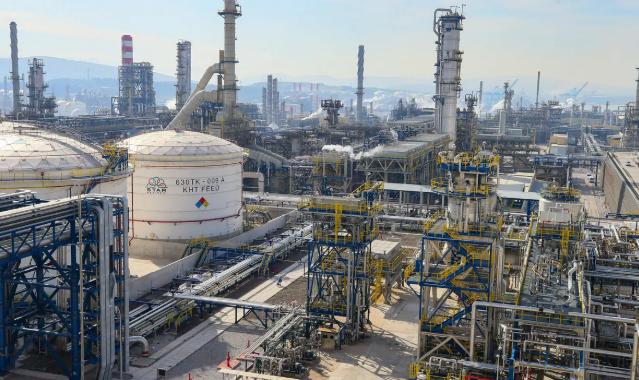
To Conclude
Can waste oil refineries help reduce plastic pollution? Yes—by transforming unrecyclable plastics into fuel, they offer a viable way to cut waste and support a circular economy. However, they should complement—not replace—traditional recycling and reduction efforts.
Interested in waste oil refineries? Contact us to know more information!


